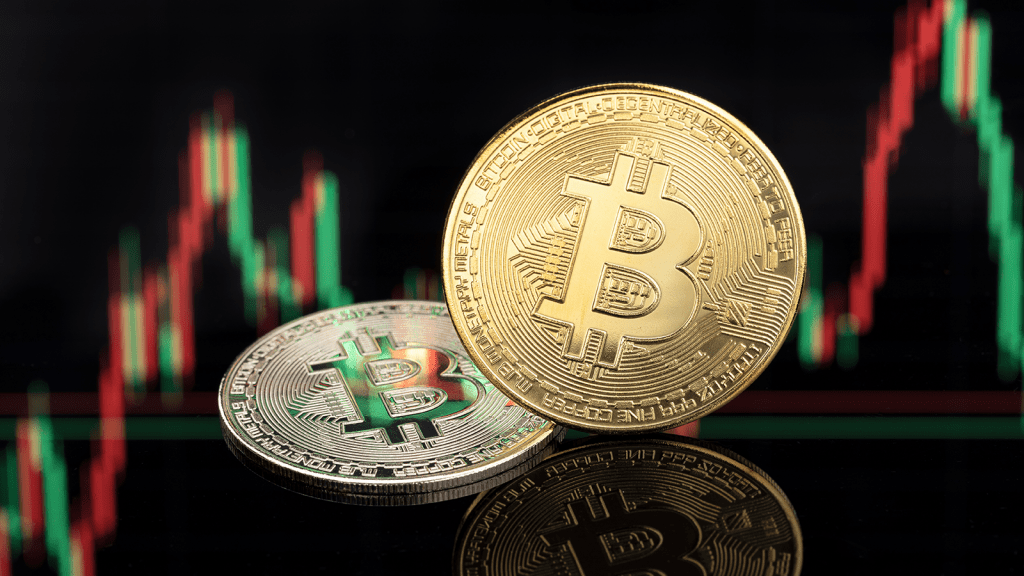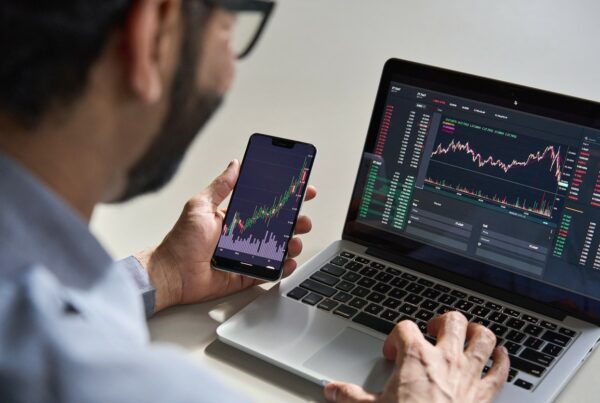Since blockchain technology got fused into financial systems, money markets have witnessed an upsurge in crypto trading. Today, exchanges allow crypto traders to enjoy gaining ventures using crypto buy and sell signals. This article will discuss the top seven crypto trading indicators for making the most of the crypto market.

Top TradingView Crypto Indicators
If you are new to crypto trading, indicators are simply calculations that help traders discern possible market trends and likely price changes in crypto assets. Let’s check out the best indicators to make the best crypto buy-sell trades.
Moving Averages
Many crypto traders favour this indicator because of its simplicity, which doesn’t in any way undermine its effectiveness. With moving averages, the crypto is analysed by measuring its average over set periods. This strategy sifts out complex details and highlights trends. It helps in understanding possible directions in market trends and forecasting price movements on TradingView. You should know the three types of moving averages to empower your choice. They are simple moving averages, exponential moving averages, and weighted moving averages.
Simple moving averages (SMA): These are analysed by observing the price at which cryptocurrencies close over a period of time, usually 50 days or 200 days.
Exponential Moving Averages (EMA): These are similar to SMA but assign greater value to more recent price stats, with the previous price or period decreasing in weight exponentially. Unlike the SMA, it gives the same importance to all prices.
Weighted Moving Averages (WMA): Here, more value is given to recent prices while older prices or periods are assigned lesser weights. The difference between WMA and EMA is that the previous prices or periods reduce exponentially in EMA. You can easily calculate the different types of moving averages using defined formulas.
The Bollinger Bands

Although this indicator was invented in the 1980s, long before crypto trading, it provides crypto trading guidance today. Bollinger bands assist crypto traders on TradingView in calculating the volatility of SMAs and, subsequently, which cryptocurrency is overbought or oversold by looking at its position, whether it is in range or still in the market.
Let’s break down how it works. Two lines are observed: the simple moving average (indicates trend) and the line showing the standard deviation (indicates volatility). The price trend is analysed by looking at the volatility, known from the disparity between the lines. The wider the difference, the more volatile the asset is; the closer the difference, the less volatile the asset.
Ichimoku Cloud
This is an advanced-level analysis with five levels of calculations. Its advantage is that it offers you more than just price trends; it also shows you trend strength and what market positions are likely to experience support or resistance.
It is calculated by solving for five lines: the Conversion Line, Base Line, Leading Span A, Leading Span B, and the Lagging Span. After the calculations, you can tell if the trend is up if the price is higher than the cloud value and when the price is lower than the cloud value, the trend is low. However, for safer trading decisions, it is usually advised that the Ichimoku cloud isn’t used alone but in conjunction with other indicators.
Relative Strength Index (RSI)
This is another frequently used TradingView crypto indicator. The Relative Strength Index is used to measure the trading strength of a cryptocurrency by looking at its short-term momentum. With the RSI, short-term momentum is analysed by considering the speed and movement of assets. This crypto buy and sell indicator can predict short- and medium-term market waves.
The RSI is calculated as a percentage and usually indicated as a line moving through two static lines. When the RSI line is poised to ascend upward, it indicates that the cryptocurrency has been oversold, and when it is poised to move downwards, it indicates being overbought. In numerical analysis, an RSI below 30% shows a likely rise in prices in the short term, and above 70% shows that prices are likely to decline.
Stochastic Oscillator
This crypto indicator was first proposed by George Lane a few years after WW2. The Stochastic Oscillator shows you the momentum of a cryptocurrency’s low and high-range closing prices analysed within a time frame. Most traders use a 14-day time frame. The calculation analyses the behaviour of two moving average lines and the oscillator value for a given period. When these lines cross, traders can see movement in the price’s momentum. Many traders do not use the stochastic oscillator as a lone indicator; it is usually used in conjunction with other crypto indicators like the Relative Strength Index, Aroon Indicator, and On-balance volume, among others.



